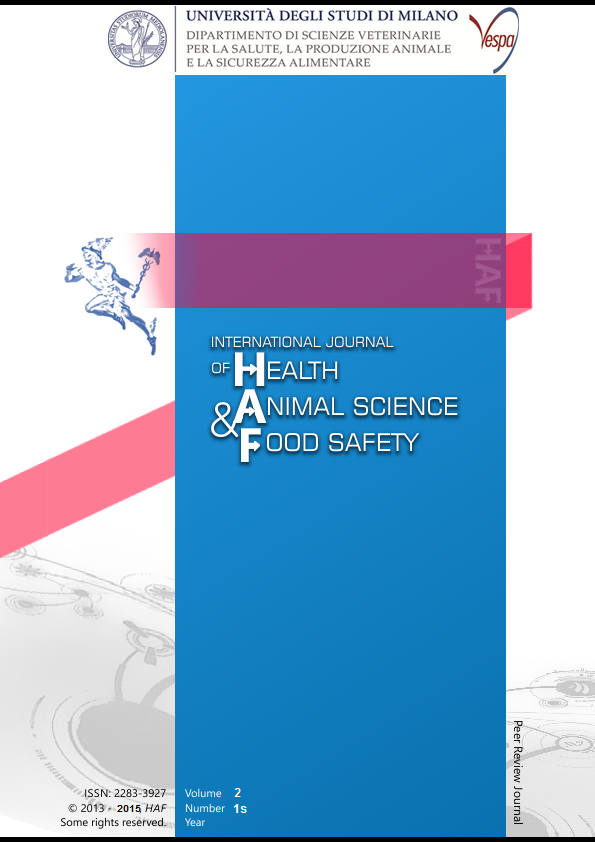Abstract
Epigenetic cell conversion overcomes the stability of a mature cell phenotype transforming a somatic cell in an unlimited source of autologous cells of a different type. It is based on the exposure to a demethylating agent followed by an induction protocol. In our work we exposed mouse dermal fibroblasts to the demethylating agent 5-azacytidine. Cell differentiation was directed toward the endocrine pancreatic lineage with a sequential combination of Activin A, Retinoic Acid, B27 supplement, ITS and bFGF. The overall duration of the process was 10 days. Aim of this work was to evaluate the role of oxygen during differentiation of dermal fibroblasts derived from two different mouse strains, NOD and C57 BL/6J. During differentiation, both cell lines were cultured either in the standard in vitro culture 20% oxygen concentration or in the lower and more physiological 5% of oxygen. Our results show that C57 BL/6J cells are able to differentiate into insulin secreting cells in both oxygen tensions with a higher amount of insulin release in low oxygen conditions. On the other hand, cells of NOD mice, which are physiologically predisposed to the onset of diabetes, differentiate in 20% of oxygen but not in low oxygen and they died after three days of culture. However, if these cells are moved to 5% of oxygen after their differentiation in high oxygen they remain viable for up to four days. Furthermore, their capacity to release insulin remains unchanged for 24 hours. Results suggest that genetic background has a profound effect on the role of oxygen during the in vitro differentiation process, possibly reflecting the different susceptibility to the disease of the strains used in the experiment.
Supported by EFSD and Carraresi FoundationRiferimenti bibliografici
Pennarossa G., Maffei S., Campagnol M., Tarantini L., Gandolfi F., and Brevini T.A.L. 2013. PNAS 110(22):8948–8953; Shi Y., Hou L., Tang F. , Jiang W., Wang P., Ding M, and Deng H. 2005. Stem Cells 23(5):656–662.
This work is licensed under a CC BY-SA 4.0 international

